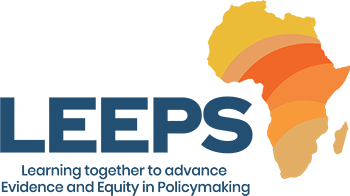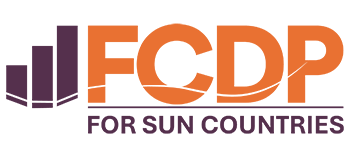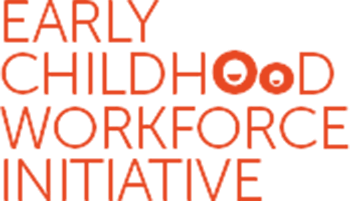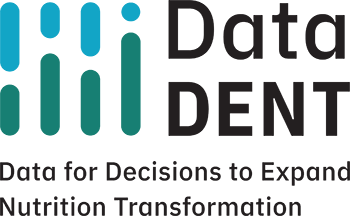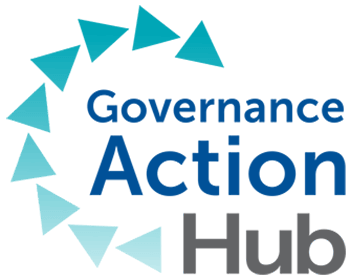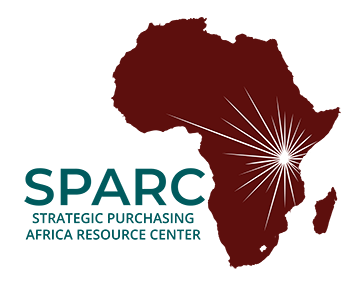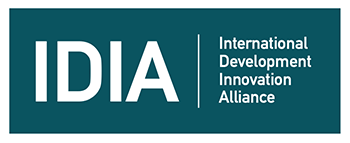Many countries are considering earmarking as a mechanism to increase fiscal space and mobilize resources for the health sector, to finance progress toward universal health coverage (UHC), or to fund other health priorities. Earmarking involves separating all or a portion of total revenue – or revenue from a tax or group of taxes – and setting it aside for a designated purpose. The arguments for and against earmarking are numerous, but they often remain theoretical. Despite vast country experience with this policy instrument – at least 80 countries earmark for health – little empirical evidence has been introduced into the debate. Few studies have examined the characteristics of earmarking policies and which country contexts may be conducive to the beneficial use of earmarking.
This paper discusses the theoretical foundations of earmarking, and it analyses country experience with earmarking for health and its impact on health sector budgets and the broader fiscal environment. The goal is to provide useful information to health and finance authorities, and to the international partners who support them, on the practical realities of designing, adopting and implementing earmarking policies. It highlights key characteristics of this tool and important factors to consider before deciding whether to implement earmarking for health.
The findings suggest that the results of earmarking for health are highly context-specific and dependent on a country’s political priorities and budget process. In some cases, earmarking has been a tool to advance and sustain a national health priority. The findings also suggest, however, that in most cases earmarking is unlikely to bring a significant and sustained increase in the priority placed on health in overall government spending. Budgets are fungible, and earmarking one revenue source is likely to result in offsets through cuts in other sources. Furthermore, earmarking can introduce rigidity into the budget process, and the inefficiencies in some cases can be severe. Earmarking has been more effective when practices come closer to standard budget processes – that is, softer earmarks with broader expenditure purposes and more flexible revenue–expenditure links.




